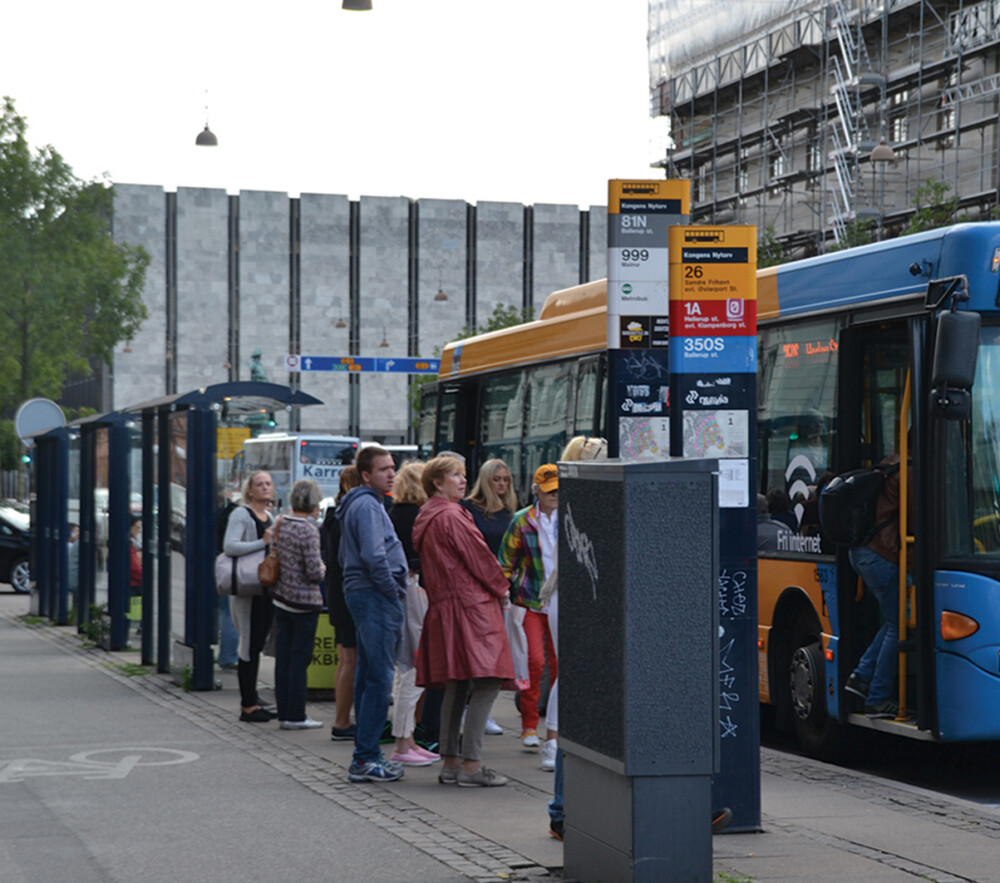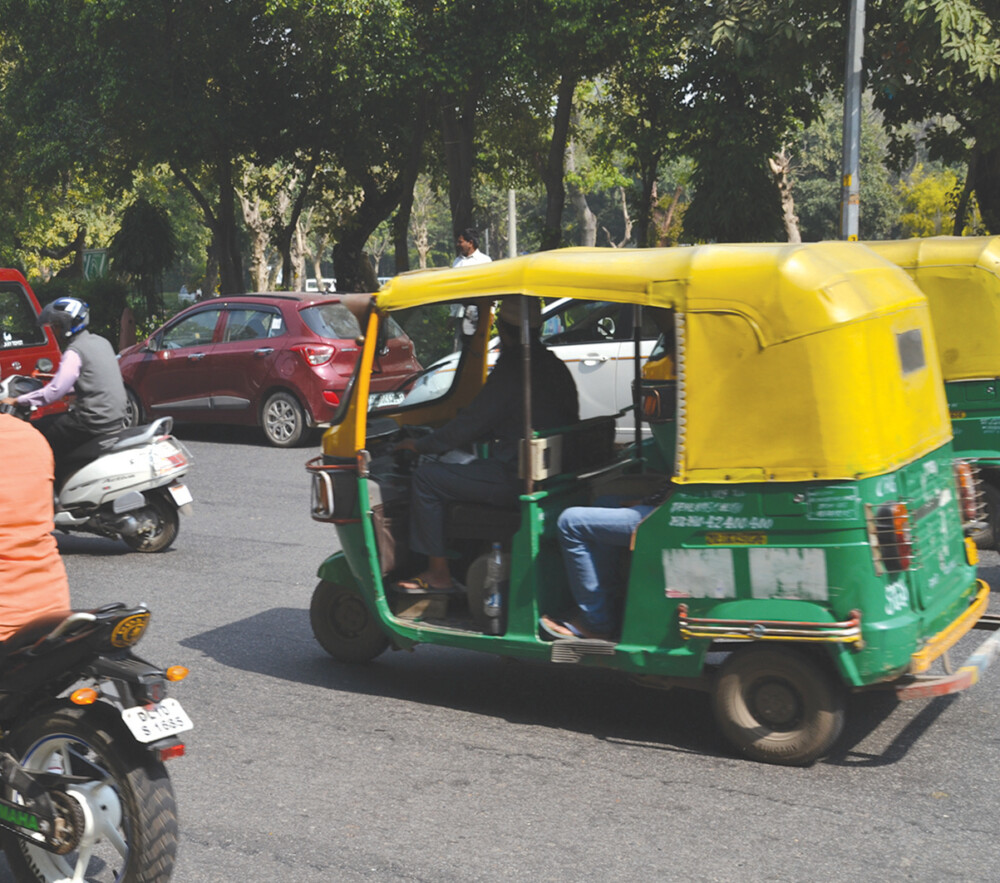-
About Streets
- Introduction
- Defining Streets
-
Shaping Streets
- The Process of Shaping Streets
- Aligning with City and Regional Agendas
- Involving the Right Stakeholders
- Setting a Project Vision
- Communication and Engagement
- Costs and Budgets
- Phasing and Interim Strategies
- Coordination and Project Management
- Implementation and Materials
- Management
- Maintenance
- Institutionalizing Change
- Measuring and Evaluating Streets
-
Street Design Guidance
- Designing Streets for Great Cities
- Designing Streets for Place
-
Designing Streets for People
- Utilities and Infrastructure
- Operational and Management Strategies
- Design Controls
-
Street Transformations
- Streets
-
Intersections
- Intersection Design Strategies
- Intersection Analysis
- Intersection Redesign
- Mini Roundabout
- Small Raised Intersection
- Neighborhood Gateway Intersection
- Intersection of Two-Way and One-Way Streets
- Major Intersection: Reclaiming the Corners
- Major Intersection: Squaring the Circle
- Major Intersection: Cycle Protection
- Complex Intersection: Adding Public Plazas
- Complex Intersection: Improving Traffic Circles
- Complex Intersection: Increasing Permeability
- Resources
Global Street Design Guide
-
About Streets
- Introduction
- Defining Streets
-
Shaping Streets
Back Shaping Streets
- The Process of Shaping Streets
- Aligning with City and Regional Agendas
- Involving the Right Stakeholders
- Setting a Project Vision
- Communication and Engagement
- Costs and Budgets
- Phasing and Interim Strategies
- Coordination and Project Management
- Implementation and Materials
- Management
- Maintenance
- Institutionalizing Change
-
Measuring and Evaluating Streets
Back Measuring and Evaluating Streets
-
Street Design Guidance
-
Designing Streets for Great Cities
Back Designing Streets for Great Cities
-
Designing Streets for Place
Back Designing Streets for Place
-
Designing Streets for People
Back Designing Streets for People
- Comparing Street Users
- A Variety of Street Users
-
Designing for Pedestrians
Back Designing for Pedestrians
- Designing for Cyclists
-
Designing for Transit Riders
Back Designing for Transit Riders
- Overview
- Transit Networks
- Transit Toolbox
-
Transit Facilities
Back Transit Facilities
-
Transit Stops
Back Transit Stops
-
Additional Guidance
Back Additional Guidance
-
Designing for Motorists
Back Designing for Motorists
-
Designing for Freight and Service Operators
Back Designing for Freight and Service Operators
-
Designing for People Doing Business
Back Designing for People Doing Business
-
Utilities and Infrastructure
Back Utilities and Infrastructure
- Utilities
-
Green Infrastructure and Stormwater Management
Back Green Infrastructure and Stormwater Management
-
Lighting and Technology
Back Lighting and Technology
-
Operational and Management Strategies
Back Operational and Management Strategies
- Design Controls
-
Street Transformations
-
Streets
Back Streets
- Street Design Strategies
- Street Typologies
-
Pedestrian-Priority Spaces
Back Pedestrian-Priority Spaces
-
Pedestrian-Only Streets
Back Pedestrian-Only Streets
-
Laneways and Alleys
Back Laneways and Alleys
- Parklets
-
Pedestrian Plazas
Back Pedestrian Plazas
-
Pedestrian-Only Streets
-
Shared Streets
Back Shared Streets
-
Commercial Shared Streets
Back Commercial Shared Streets
-
Residential Shared Streets
Back Residential Shared Streets
-
Commercial Shared Streets
-
Neighborhood Streets
Back Neighborhood Streets
-
Residential Streets
Back Residential Streets
-
Neighborhood Main Streets
Back Neighborhood Main Streets
-
Residential Streets
-
Avenues and Boulevards
Back Avenues and Boulevards
-
Central One-Way Streets
Back Central One-Way Streets
-
Central Two-Way Streets
Back Central Two-Way Streets
- Transit Streets
-
Large Streets with Transit
Back Large Streets with Transit
- Grand Streets
-
Central One-Way Streets
-
Special Conditions
Back Special Conditions
-
Elevated Structure Improvement
Back Elevated Structure Improvement
-
Elevated Structure Removal
Back Elevated Structure Removal
-
Streets to Streams
Back Streets to Streams
-
Temporary Street Closures
Back Temporary Street Closures
-
Post-Industrial Revitalization
Back Post-Industrial Revitalization
-
Waterfront and Parkside Streets
Back Waterfront and Parkside Streets
-
Historic Streets
Back Historic Streets
-
Elevated Structure Improvement
-
Streets in Informal Areas
Back Streets in Informal Areas
-
Intersections
Back Intersections
- Intersection Design Strategies
- Intersection Analysis
- Intersection Redesign
- Mini Roundabout
- Small Raised Intersection
- Neighborhood Gateway Intersection
- Intersection of Two-Way and One-Way Streets
- Major Intersection: Reclaiming the Corners
- Major Intersection: Squaring the Circle
- Major Intersection: Cycle Protection
- Complex Intersection: Adding Public Plazas
- Complex Intersection: Improving Traffic Circles
- Complex Intersection: Increasing Permeability
- Resources
- Guides & Publications
- Global Street Design Guide
- Designing Streets for People
- Designing for Transit Riders
- Overview
Overview



From small collective vehicles to fixed-route bus and rail services, collective transport (or transit) offers a sustainable and efficient way to move people in an urban setting. Transit is complementary to walking and cycling, allowing mass mobility for longer trips without mass use or ownership of private vehicles.
Transit systems are inherently tied to land use and density. Specific challenges and opportunities for the creation or the improvement of transit systems will vary greatly with context and local financial investments.
While equitable provision of transit is not easy, it is key to the development of a sustainable city.
Dedicate space to collective transport to facilitate safe, reliable, and frequent transit service. Exclusive at-grade facilities within the street increase the overall efficiency and capacity of the systems by reducing delays caused by mixed traffic operation. This can be very cost-effective, especially if compared to elevated or underground facilities.
Improved on-street transit infrastructure needs to be complemented with sufficiently updated transit vehicles and vice versa.
As collective transport services increase reliability and ridership, they attract new activities and street vitality. This requires careful design and operation decisions to maintain transit movement in a pedestrian-friendly and safe environment for all users.
Providing dedicated space within the street helps transit networks to provide reliable, convenient, and frequent service to passengers without delays from mixed traffic, while increasing the mobility capacity and environmental sustainability of the city.
Speed
Transit travel time is affected by the type of transit facility, whether exclusive, dedicated, or mixed. It is also impacted by the travel lane width, enforcement, signal priority, and the type of service and vehicle. The same service may have different transit facilities along the same corridor, according to the context, mix of uses, or street width.
Maximum speeds for transit vehicles should be determined based on safety needs and the street context. In urban streets, speeds should not exceed 40 km/h, and in central city or neighborhood streets where there are high volumes of pedestrians or other users, maximum speeds should be 15–20 km/h. Dedicated facilities help transit speeds to be maintained efficiently by avoiding congestion in mixed traffic. In shared transit streets with people walking in the same roadbed as transit vehicles, speeds should be as low as 10 km/h.

Variations
Vehicles used for collective transit vary by capacity, comfort, speed, and cost, but they can all contribute to creating comprehensive networks. The choice of vehicles in the system will impact the level of carbon emissions, air quality, ride quality, and noise levels for residents along designated routes. Vehicle choice should be driven by these issues as well as passenger capacity and comfort, operating expenses, and sustainability.
Small Collective Transport Services
Small collective transport vehicles are a common form of low-cost transportation around the world. It generally involves the use of small-sized vehicles for shared passenger transport. Small collective transport services develop in varying degrees of
formality and are closely responsive to demand. These services often provide critical access where mass transit does not exist. While they do not have dedicated travel lanes, streets should include spaces for stops, boarding, and transfers.

Bus Services
Fixed route local buses are the foundation of urban transit, and are the mode most frequently missing in cities with an informal transport sector. Vehicles vary from standard buses to larger, articulated buses and can run on local or express routes and schedules. Bus Rapid Transit (BRT) is a particular
type of high-capacity, limited-stop service, running on exclusive infrastructures called transitways. BRT systems include stations, off-board fare collection, and longer stop spacing than local buses. They employ high-capacity vehicles such articulated or bi-articulated buses.

Urban Rail Services
Like buses, rail services can be used in the full spectrum of urban contexts. Urban rail services such as trams and streetcars run at grade on the street, either in mixed traffic or in separate lanes. Light Rail Transit (LRT) and modern tramways
are used for high-capacity transit and employ dedicated facilities. While rail services operate at slower speeds in urban streets, they improve public space quality and can be organized as part of a network, operating at different speeds in different contexts.

Adapted by Global Street Design Guide published by Island Press.
Next Section —